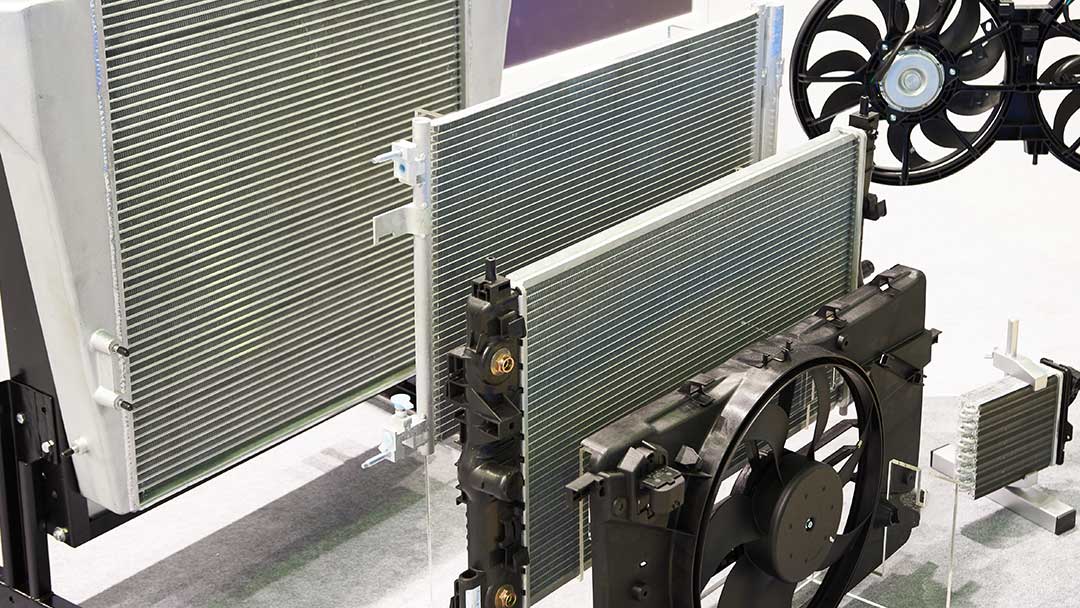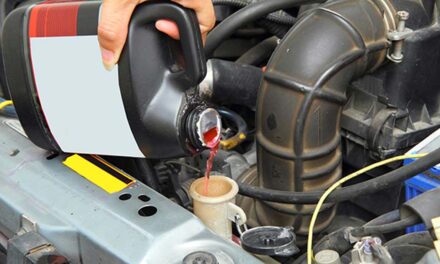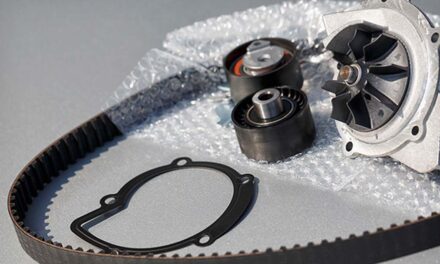The coolant temperature sensor (CTS) is one of the most important sensors. It is sometimes referred to as the “master sensor” because of the number of systems on which it relies.
The CTS is a thermistor-type sensor. A signal voltage is sent to the CTS by the Powertrain Control Module (PCM).
The CTS normally has two wires — one is the 5-volt reference and the other is the ground. As the engine heats up, the internal resistance in the CTS drops. The PCM will internally read a voltage drop on the 5-volt reference wire. As the coolant temperature changes the voltage drop read by the PCM will also vary. This change in voltage drop readings equates to the engine running temperature.
When the PCM determines the engine running temperature to be above normal, it activates the cooling fan relay by grounding it. In turn, the relay turns on the engine cooling fan until the temperature once again drops to within normal limits.
Diagnosing the Coolant Temperature Sensor
A visual inspection will uncover any exterior defects requiring replacement of the sensor. Look for cracks in the body of the sensor or leaks from around the threads. Inspect the wire connector for any pushed-out or corroded pins.
- Using a volt-ohm meter, check the reference voltage with the key in the on position. It should have a 5-volt reference voltage at one terminal.
- Start the engine, and allow it to warm to normal operating temperature. The voltage read on the 5-volt reference wire should drop to approximately 1 volt or less. This test must be performed while the sensor is connected. You will need to back-probe the reference wire either at the PCM or at the sensor. If the sensor is out of range, replace it.
CTS Replacement Procedure
- Drain some of the engine coolants to prevent loss as the sensor is removed. Dispose of coolant according to federal, state, and local regulations.
- Remove the electrical wiring harness from the sensor.
- Using the proper wrench, remove the sensor.
- Check the new sensor and make sure that it has thread tape or a sealing compound on the threads to prevent leaks before installing it.
- Install the sensor into the engine block.
- Connect the electrical connector.
Refill the radiator with the vehicle manufacturer’s recommended mix of antifreeze and distilled water, and bleed out all of the air in the system.










Very informing. Thanks